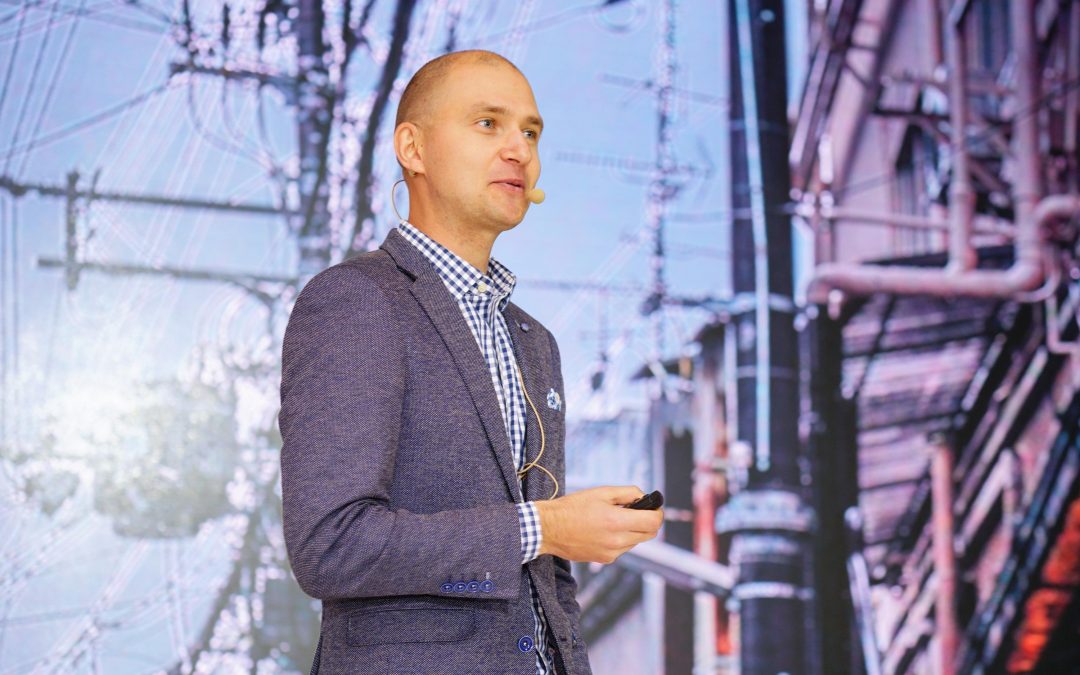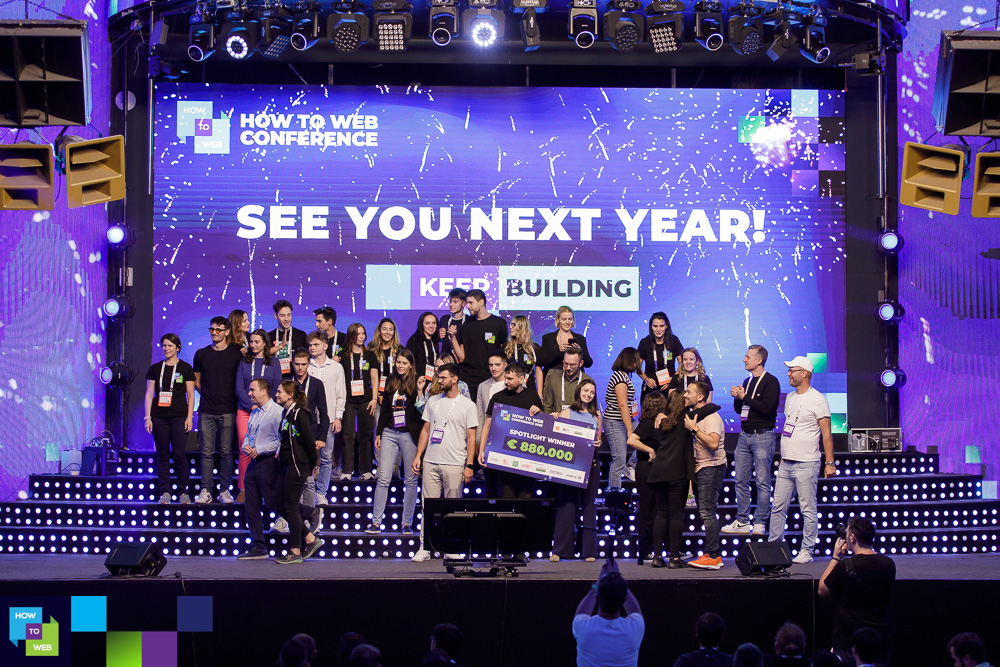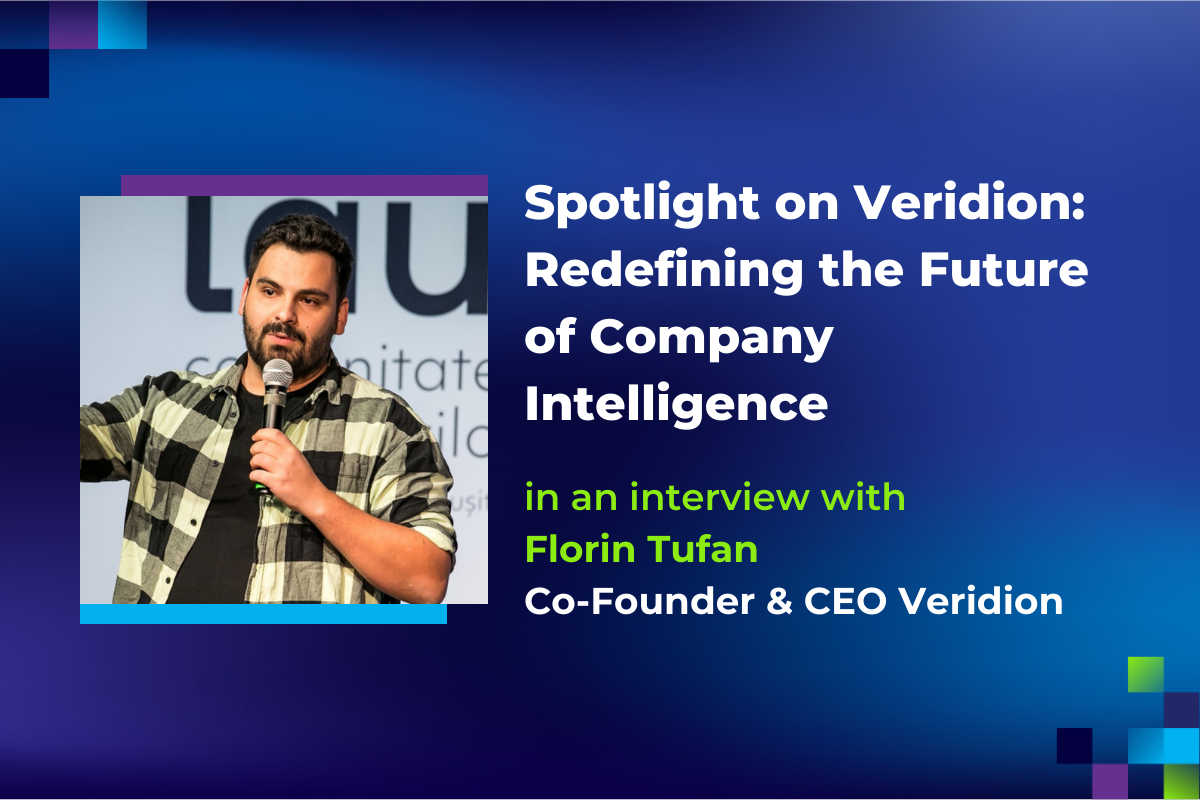6 November, 2018

Julian Lukaszewicz is the Business Design Lead at Fjord. He has vast work experience in the Business Design field which he gained by traveling and living in seven countries from four different continents.
Apart from using the power of design to help businesses grow and products sell at Fjord, Julian is also going to be one of the speakers at the How to Web Conference 2018. In this interview, Julian spoke about the ins and outs of Business Design. Let’s find out why Julian Lukaszewicz thinks that “Business Design is more of a mindset than a strict set of rules or requirements”.
Q1: What does Business Design mean and is it the same with Design Thinking? How do we define it and how can it help companies?
Successful and sustainable innovation is based on 3 pillars: Human Desirability, Business Viability, and Technological Feasibility. Business Design exists at the crossroads of human desirability and business viability. Business Designers act as translators, as guides and bridge architects between the land design and the business world.
Business Design uses the methods of business with the mindset and toolkit of design. It uses the methodologies of Design Thinking to solve business challenges that go across business units or involve the transformation of a client’s business model or organisation. What Business Design does, is that it brings the business component, the strategic viability back into the design conversation.
Entrepreneurs and corporations need to remember that a business idea on its own does not create a sustainable business model. What transforms a good idea into a successful company is the right business model – how the company captures and delivers value to its customers. Many companies have amazing products that customers love, but they still struggle because they have not focused on their business model. For a new product or service to be genuinely innovative, it has to have a business model that supports its operations.
Q2: Where do you find Business Design has the most impact: on the strategic level or from an operational point of view? Can you tell us more about the process of Business Design and when it starts to show results in a company?
Business Design creates impact at all stages of innovation, as it helps the world of business and the world of design come together and understand each other. At the strategic level, Business Design helps by extracting the business rationale behind new endeavors and introduces the mindset of design that is required to bring that vision to life.
Business Design can also help with the creation of corporate strategy, by using the iterative methods to test and validate business assumptions. On the operational level, where Business Design brings most value is when working closely with the design/innovation team and the business stakeholders. By working closely with both teams, Business Designers facilitate conversations and ensure that the value created is both desirable for end-consumers, and drives value for the business as well.
Q3: What are the requirements for a Business Designer or for a Business Design department?
Business Design is more of a mindset than a strict set of rules or requirements. To be a successful Business Designer, one has to be comfortable with switching between analytical problem solving, and creative and abstractive thinking. People who believe that innovation and problems can be solved with a mixture of deep human-centric approaches and strategic business analysis are the most natural fit to become business designers and find themselves in this practice. A Business Designer is someone who is driven by bringing business empathy into the design process to ensure that products that excite customers excite businesses too.
Q4: We suppose there are many companies out there who think they’re applying Business Design process, but they’re not. What are 3 key elements that prove a Business Design methodology is being used?
The first element that proves a Business Design methodology is used has to do with the deep focus and appreciation for Design Thinking and user-centered methods. Business Design does not exist without understanding how to translate human and business needs into tangible strategies.
Additionally, the Business Design process focuses on empathy towards customers, as well as the business itself. If a company does not see the human behind its metrics or KPIs, it misses a big opportunity. By combining the data-driven insights with the user-focused research, we can unlock new value for the business as well as for the users.
Finally, Business Design champions and demonstrates the value of design-driven innovation by constantly focusing on measuring the tangible outcomes and benefits of design and innovation.
Q5: Can you name some key results companies can expect from driving innovation through Business Design?
By applying Business Design methods and tools, companies can expect that their innovation creates value not only for customers but also for the company. Organisations that apply Business Design and Design Thinking in general, minimize the risk of innovation failure. This is because, by analyzing and understanding customers and their needs and combining it with sound and sustainable business models, companies can ensure the viability of their innovation strategy. Additionally, applying Business Design helps companies realize and quantify the value of their design efforts and investments.
*Disclaimer: All of these answers were Julian’s, and they don’t reflect Fjord’s or Accenture’s official views.
If you want to find out how to implement Business Design for your company or if you have some questions for Julian, you can find him and many other global experts at the How To Web Conference, on November 19-20. You should register for the conference as soon as possible to make sure that you get your hands on early bird tickets.
You may also like
How to Web 2023 brought together over 2,500 international participants, 60 global speakers, and an investment prize of €880,000 for the best Eastern European startup
Julian Lukaszewicz is the Business Design Lead at Fjord. He has vast work experience in the Business Design field which he gained by traveling and living in seven countries from four different continents. Apart from using the power of design to help businesses grow and products sell at Fjord, Julian is also going to be one of the speakers… Read more »
0Spotlight on Veridion: Redefining the Future of Company Intelligence
Julian Lukaszewicz is the Business Design Lead at Fjord. He has vast work experience in the Business Design field which he gained by traveling and living in seven countries from four different continents. Apart from using the power of design to help businesses grow and products sell at Fjord, Julian is also going to be one of the speakers… Read more »
0


